Best Seasons for Sunroom Installations
Understanding the optimal timing for sunroom installations can influence project efficiency and longevity. Weather conditions, temperature, and demand cycles all play a role in determining the best period for construction.
Spring offers moderate temperatures and longer daylight hours, making it ideal for outdoor construction activities and ensuring proper curing of materials.
While summer provides extended daylight, high temperatures and humidity can pose challenges. Planning early morning or late afternoon installations can mitigate heat-related issues.
Fall's cooler weather and stable conditions can facilitate efficient installation, with less interference from extreme weather events.
Winter may introduce delays due to cold temperatures, snow, and ice, which can affect material handling and curing times.
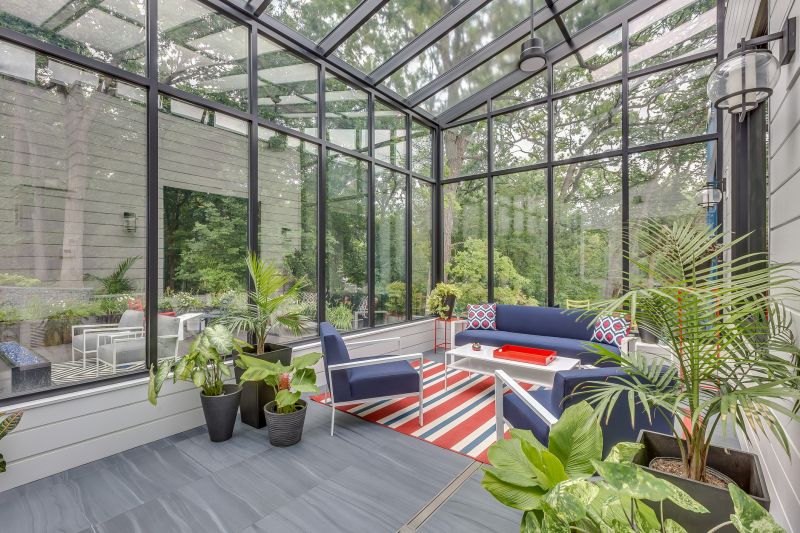
Ways to make Sunroom Installations work in tight or awkward layouts.

Popular materials for Sunroom Installations and why they hold up over time.
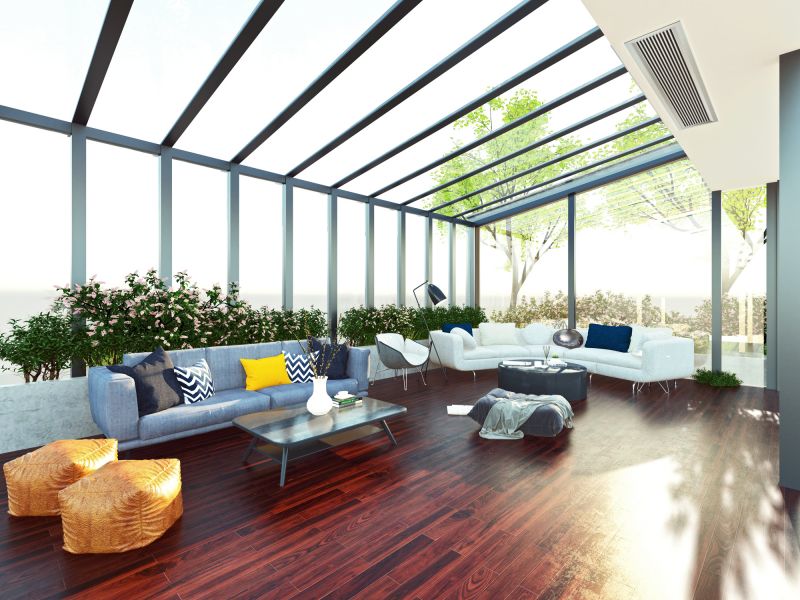
Simple add-ons that improve Sunroom Installations without blowing the budget.
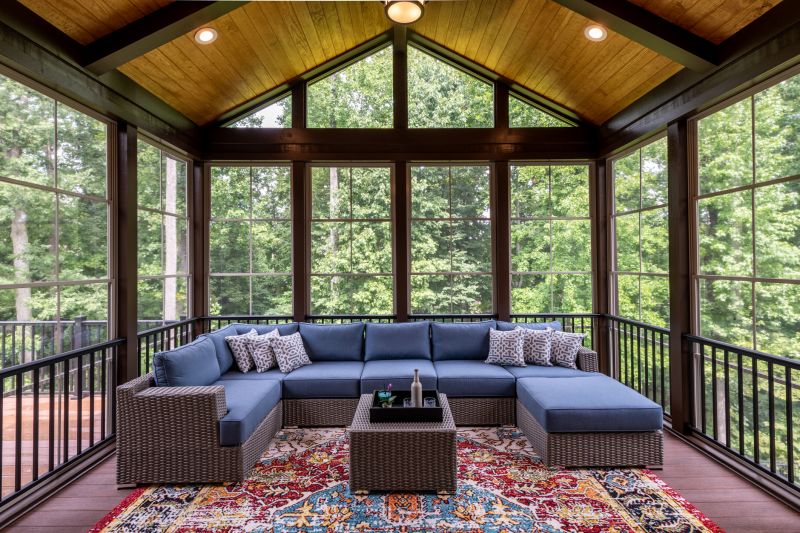
High-end options that actually feel worth it for Sunroom Installations.
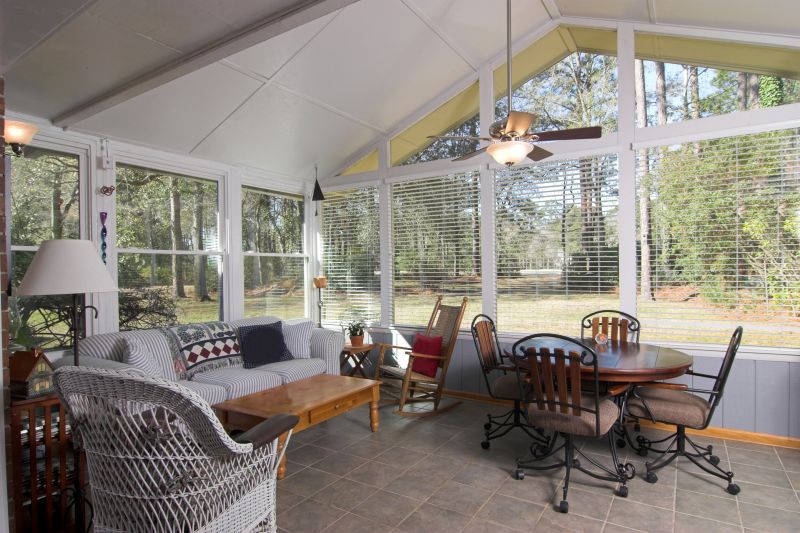
Finishes and colors that play nicely with Sunroom Installations.
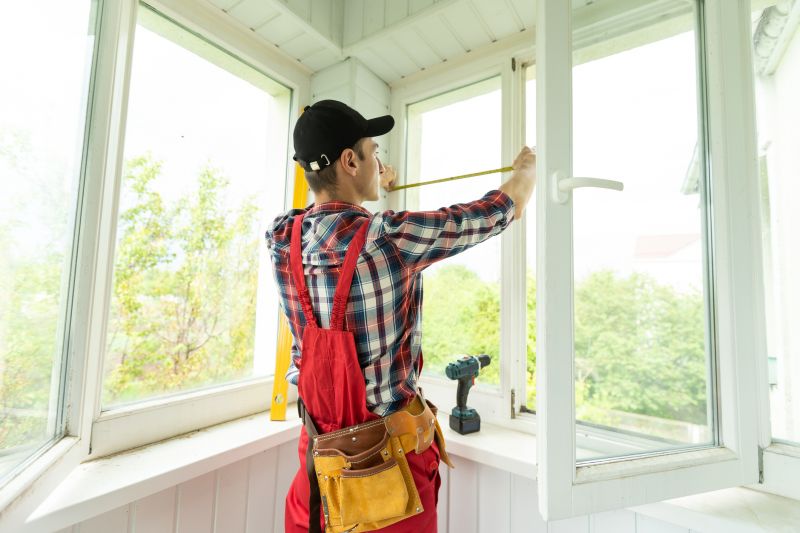
Little measurements that prevent headaches on Sunroom Installations day.
Sunroom installations are popular for expanding living space and enhancing natural light in homes. Proper timing ensures that the structure is built under conditions that promote durability and optimal performance. Weather patterns, such as temperature fluctuations and precipitation, directly impact construction schedules and material performance. For example, installing during milder seasons reduces the risk of delays caused by weather-related disruptions.
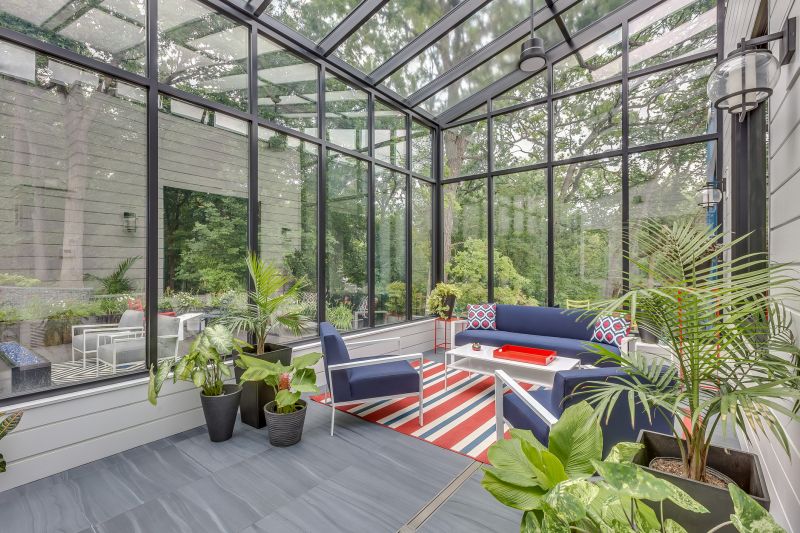
A 60-second routine that keeps Sunroom Installations looking new.
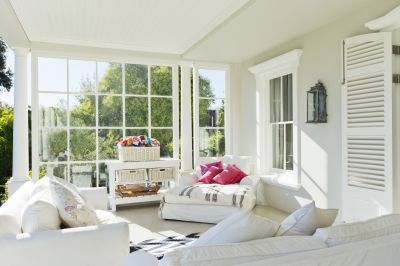
A frequent mistake in Sunroom Installations and how to dodge it.
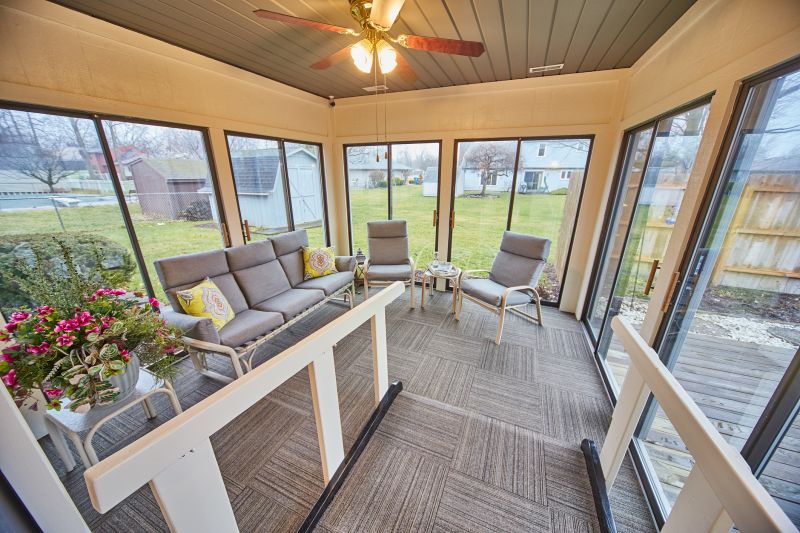
Small tweaks to make Sunroom Installations safer and easier to use.
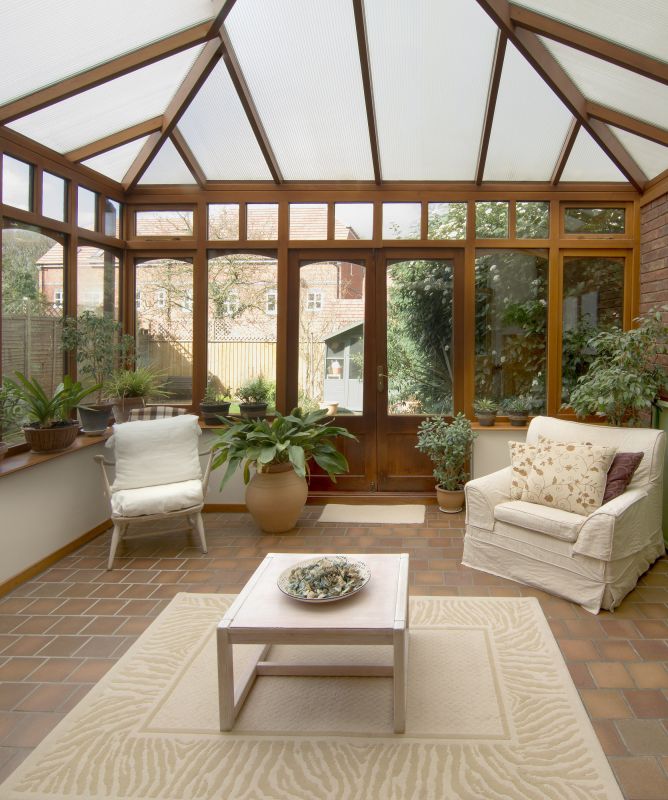
Lower-waste or water-saving choices for Sunroom Installations.
| Season | Ideal Conditions |
|---|---|
| Spring | Moderate temperatures, longer days, optimal for outdoor work |
| Summer | Extended daylight, but high heat and humidity may require scheduling adjustments |
| Fall | Cooler weather, stable conditions, good for efficient construction |
| Winter | Cold temperatures and snow can cause delays and material issues |
Choosing the right time for a sunroom installation involves considering local climate patterns and personal scheduling needs. Proper planning can lead to a smoother process and a durable, well-constructed addition. Consulting with professionals can help identify the best window for installation based on specific project requirements and seasonal weather trends.
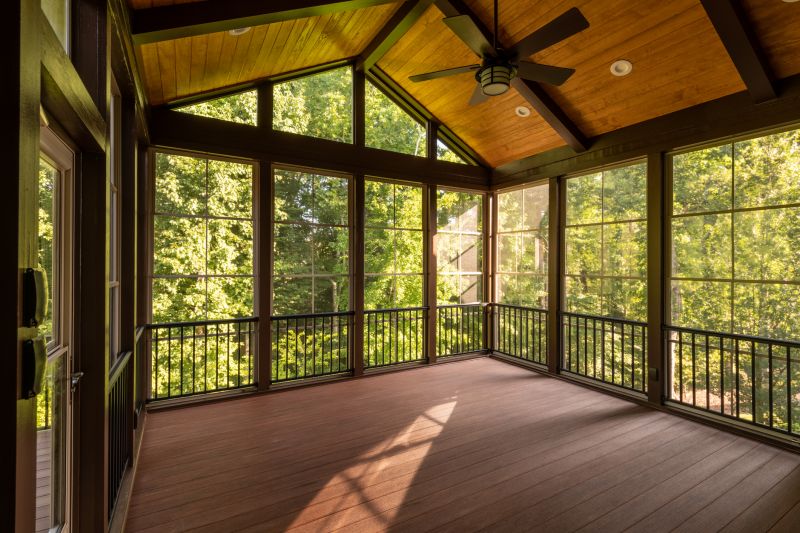
The short, realistic tool list for quality Sunroom Installations.
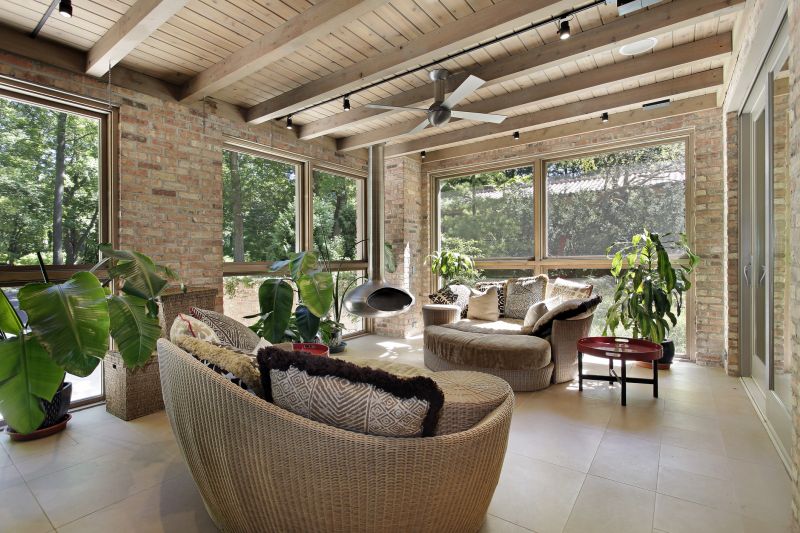
Rough timing from prep to clean-up for Sunroom Installations.
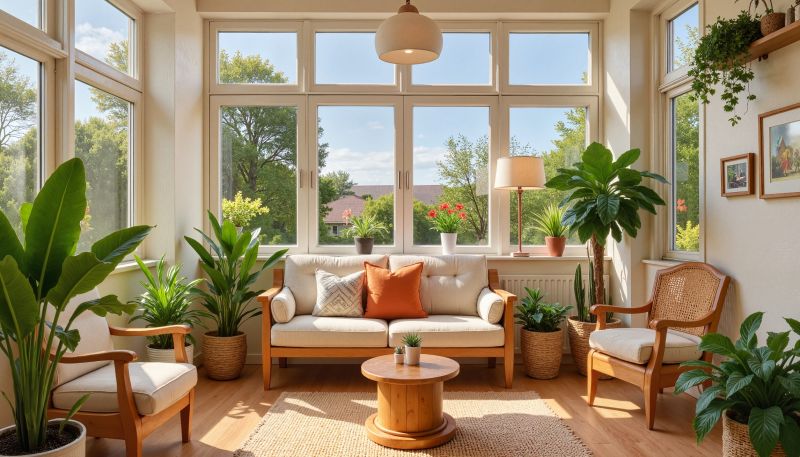
Quick checks and paperwork to keep after Sunroom Installations.
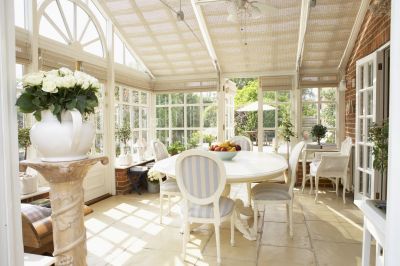
Examples that show the impact a good Sunroom Installations can make.
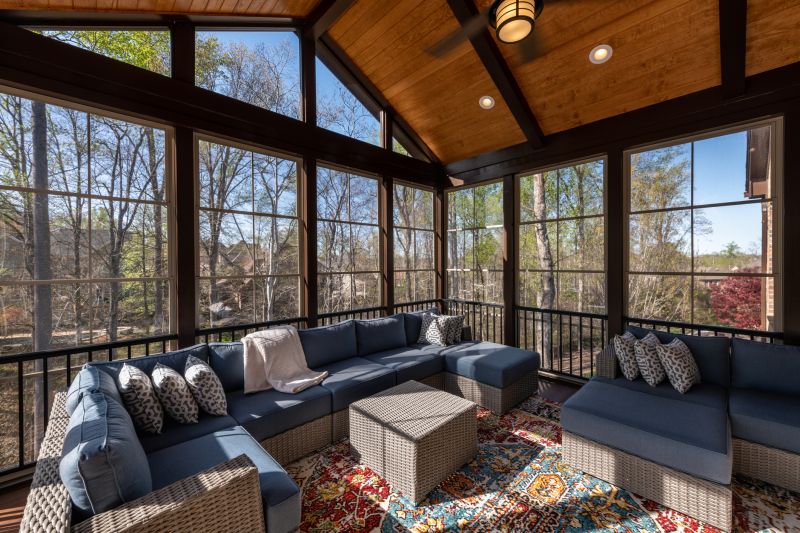
Ways to make Sunroom Installations work in tight or awkward layouts.
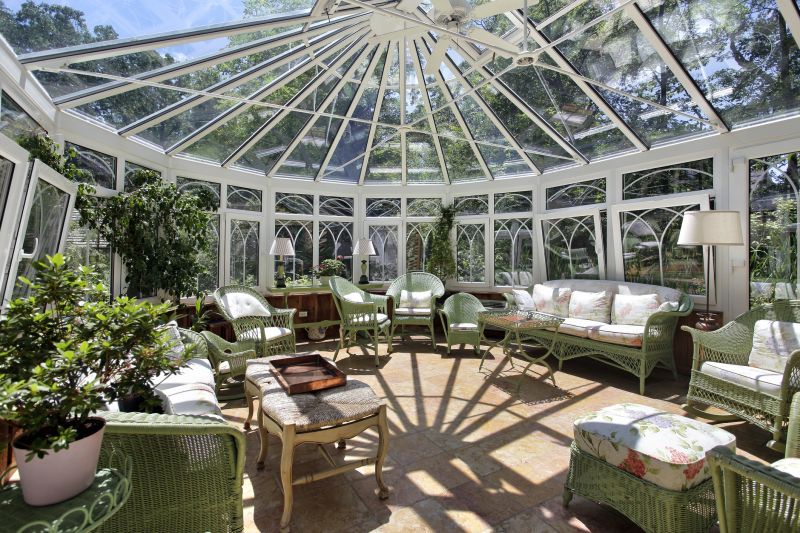
Ways to make Sunroom Installations work in tight or awkward layouts.
For those interested in scheduling a sunroom installation, it is advisable to consider seasonal weather conditions and project timelines. Filling out the contact form can facilitate planning and ensure the project is completed during the most suitable period for durability and quality.

